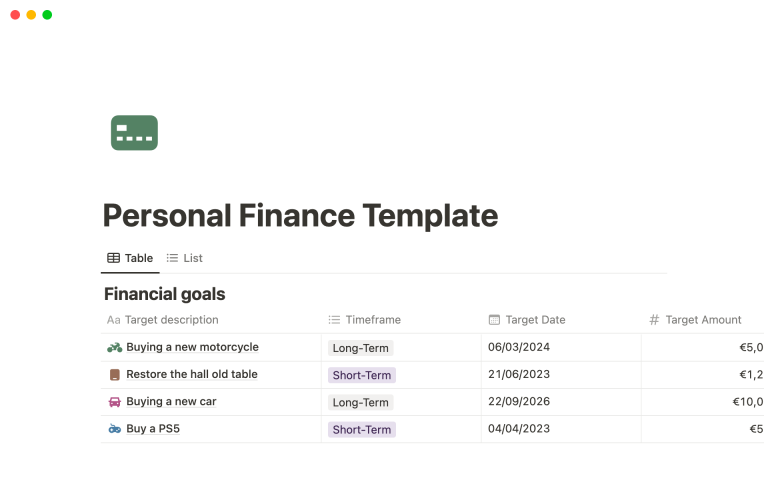Understanding the intricacies of personal finance is essential for achieving financial stability and security. One of the pivotal aspects of effective personal finance management is the concept of cash flow. Many individuals find themselves grappling with unexpected expenses or financial hurdles that disrupt their budget. This article delves deeply into personal finance cashflow strategies, offering insights that can significantly impact your financial journey. Whether you’re a seasoned financier or just starting your path to financial literacy, mastering cash flow management is crucial.
Introduction to Personal Finance Cashflow
Cash flow refers to the movement of money in and out of your financial accounts, often significantly influencing your ability to manage day-to-day expenses as well as long-term investments. It’s important to note that having a positive cash flow means you have more money coming in than going out, which is a fundamental goal for any individual managing their personal finances. In this discussion, we will explore various strategies to enhance your cash flow and ensure your expenses are met while still allowing for savings and investments.
Strategies to Improve Personal Finance Cashflow
Improving your personal finance cashflow involves both increasing your income and managing your expenditures effectively. Here are some strategies to help you achieve a healthier cash flow.
1. Create a Detailed Budget
Creating a detailed budget is the first step in managing your personal finances effectively. A budget helps you understand your income sources and expenditure categories, providing clear visibility on your cash flow situation. Use budgeting tools or apps to track your income and expenses automatically, ensuring that you do not overlook any financial activity. Consistently reassessing your budget allows for adjustments according to changing financial situations.
2. Increase Income Streams
In addition to managing expenses, another way to enhance personal finance cashflow is to diversify your income streams. Consider exploring part-time work, freelance opportunities, or passive income sources such as investments or rental properties. Each additional income source can contribute positively to your overall cash flow, thereby providing a cushion against unexpected expenses.
3. Control Variable Expenses
Your fixed expenses, such as rent or mortgage, are often unavoidable, but variable expenses can be managed more effectively. Review your discretionary spending such as dining out, entertainment, and shopping. Implementing strategies like planning meals at home and setting a monthly spending cap can significantly impact your overall cash flow.
Understanding Cashflow and Its Importance in Personal Finance
Cash flow isn’t just about having enough money to cover costs—it’s also about understanding how to balance income and expenses over time. A positive cash flow creates more opportunities for saving and investing, paving the way for financial independence.
The Role of Emergency Funds in Cash Flow Management
An emergency fund is an essential component of personal finance cashflow. By saving a portion of your income regularly into an easily accessible savings account, you create a financial cushion to draw from in case of sudden expenses. This reduces the likelihood of needing to rely on credit cards or loans, which can create a negative impact on cash flow.
Image of Cashflow Concepts
The above image encapsulates the essence of cash flow financing, illustrating various strategies and concepts crucial for understanding personal finances.
4. Automation of Savings and Payments
Automating your savings contributions and bill payments can significantly streamline your cash flow management. By setting up automatic transfers to your savings account and scheduling bill payments, you can avoid missed payments and late fees. Furthermore, this practice can help you prioritize savings, ensuring that you are consistently setting aside funds for future needs.
Long-term Solutions for Cashflow Sustainability
While short-term strategies are essential for immediate cash flow enhancement, long-term solutions are equally important for sustained financial health. Here, we explore several long-term approaches.
5. Investing in Financial Literacy
Enhancing your understanding of personal finance through education can lead to smarter financial decisions. Consider enrolling in workshops, reading finance-related books, or consulting with financial advisors. Being informed about how to invest wisely can directly impact your cash flow positively.
6. Regularly Monitor and Adjust Your Financial Goals
Tracking your cash flow on a regular basis allows for timely corrections and adaptations of your financial goals. If an income source diminishes or expenses rise unexpectedly, having set financial goals can provide guidance on how to adjust your budget or spending habits accordingly. This proactive approach fosters resilience in your cash flow management.
Conclusion
Effective management of personal finance cashflow is vital for achieving financial stability and security. By understanding your income streams, controlling expenses, and implementing strategies such as budgeting, automation, and education, you build a healthier financial foundation. Remember that every individual’s financial situation is unique; therefore, tailor your approach to suit your needs. Embracing these cash flow strategies not only aids in meeting your immediate needs but also prepares you for future financial milestones.
In summary, integrating a robust cash flow management plan into your personal finance strategy can substantially improve your overall financial health. With consistency and diligence, navigating your personal finance landscape can become less daunting while fostering a prosperous financial future.



